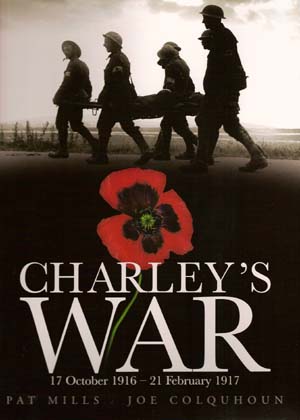By Jimmy Palmiotti, Justin Gray & Luke Ross
(DC Comics) ISBN 1-84576-408-0
For a very long time westerns were an integral part of every comic publisher’s stable, and then they fell from favour. In the 1970s DC Comics published a grim, sardonic anti-western anti-hero with a ruined face who mirrored the dark turn that film cowboys had taken. Then the comic book West all but disappeared again.
There’s often a relationship between moving pictures and drawn ones, and I’m sure that the style and success of such shows as Deadwood has convinced the powers that be at DC that the time is once again right for Jonah Hex.
Lucky for us then that the creators involved have done such a bang-up job of updating him. What was once one of the best comics DC published, is almost as good in this incarnation — and looks like getting better with every issue. Electing to buck the modern trend for continued stories, the first six tales collected here are short, punchy, complete adventures displaying the character of the man and the true barbarity of the world he inhabits. With titles such as A Cemetery without Crosses, Bullets of Silver, Cross of Gold, The Slaughter at Two Pines, Chako Must Die, Christmas with the Outlaws and The Plague of Salvation owing more to Sam Pekinpah than Zane Gray, these splendid stories are worthy addition to a great tradition — and just the sort of thing to get more people reading comics.
© 2006 DC Comics. All Rights Reserved.



